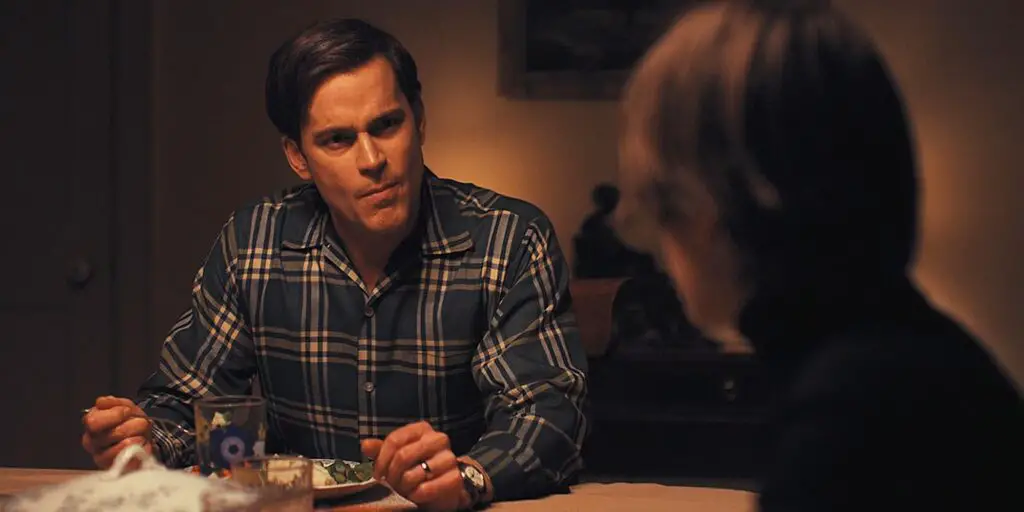In the emotionally charged finale of Showtime’s “Fellow Travelers,” the intricate lives of Hawkins Fuller (Hawk) and Tim Laughlin, played with compelling depth by Matt Bomer and Jonathan Bailey, reach a poignant crescendo. The series, spanning from the Lavender Scare of the 1950s through the AIDS crisis of the 1980s, culminates in a finale that is both devastating and cathartic.
Hawk, a complex character riddled with internal conflict, faces the repercussions of his past actions. His biggest betrayal – informing the government of Tim’s sexuality – is a focal point in the finale. This act, rooted in a mix of self-preservation and societal pressure, led to the derailment of Tim’s life and career. The series does not shy away from portraying the raw impact of this betrayal, reflecting the societal attitudes of the time towards homosexuality.
Lucy Smith, Hawk’s wife, becomes a pivotal character in the finale. Aware of her husband’s secret life and his deep connection with Tim, Lucy makes a decisive move. She chooses to leave Hawk, refusing to continue in a marriage that has become more of an arrangement than a partnership. This act is not just a personal decision but a symbolic one, representing a break from societal expectations and the pursuit of personal truth.
As the narrative unfolds, we see Hawk grappling with his choices and their consequences. His journey is marked by a struggle to reconcile his public persona with his private desires, a reflection of the broader societal challenges faced by the LGBTQ+ community during these decades.
Tim’s Legacy and the AIDS Memorial Quilt

The series finale also centers on Tim’s character, who evolves from a figure marked by hope and love to one of activism and resilience. In his final days, battling AIDS, Tim orchestrates a protest for the rights of AIDS victims, showcasing his unwavering commitment to justice and equality.
This activism culminates in a powerful scene at a fundraiser gala, where Tim and other activists demand rights and funding for AIDS victims. This scene is not just a narrative climax but also a tribute to the countless individuals who fought for recognition and support during the AIDS crisis.
The finale’s most poignant moment comes with the depiction of the AIDS Memorial Quilt at the National Mall in D.C. Here, Hawk, in a moment of vulnerability and acceptance, acknowledges Tim as his great love to his daughter. This scene symbolizes Hawk’s journey towards self-acceptance and the enduring power of his and Tim’s love.
“Fellow Travelers,” through its finale, presents a tapestry of love, betrayal, and the quest for identity. It’s a series that not only tells a story of two men but also serves as a mirror to the societal attitudes and challenges of the time. The performances of Bomer and Bailey bring depth and authenticity to their characters, making the finale a landmark in television storytelling.


